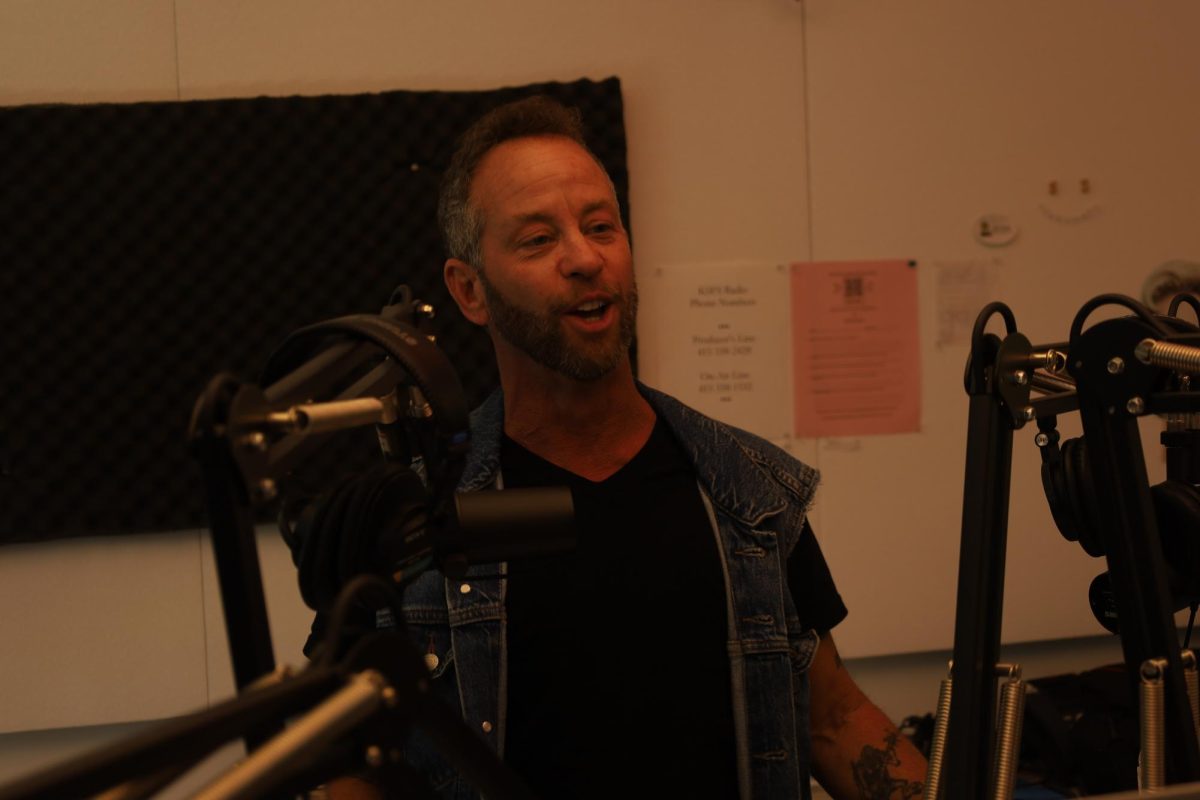The two bombs that struck the finish line at the 2013 Boston Marathon Monday, April 15, killed three, injured more than 170 people and shocked the world.
The Associated Press reported that the FBI discovered the bombs were hidden inside kitchen pressure cookers packed with explosives, nails and shrapnel. The SF State community expressed sympathy for those affected by the tragic event as the FBI continues to investigate the motives behind the attack. Along with initial feelings of sadness and terror, the unknown details overwhelmed the population. Many students and faculty await details before fully knowing how to react to the tragedy.
“My roommate, when he first reacted, he said, ‘Those damn Jihads.’ I don’t know if he said it in a superficial way or a meaningful way,” said Christopher Weinreich, 22, an international business major. “That was my first impression, that people are going to stereotype.”
Phil Klasky, professor of American Indian studies and coordinator for the Student Resource Center, fears many will jump to irrational conclusions as he reflects on historical terrorist acts.
“I abhor the senseless violence that occurred and encourage everybody to wait to see what the real facts are before they come to any conclusions because of some of the terrible things that happened to people of color after 9/11,” Klasky said. “I encourage people to wait and use logic and common sense before coming to any conclusions.”
Likewise, Fred Astren, chair and professor of medieval Jewish history, said people shouldn’t be quick to assume it was a foreign terrorist when, in 1995, Oklahoma City was attacked by an American citizen.
“At this time, when there’s very little information, we need to be very careful about the way we talk about this and who we might think is responsible for it,” Astren said.
Though the bombing struck fear among many at SF State, the general consensus has been that terror will not prevent people from participating in events like the Boston Marathon.
The annual marathon in Boston is just one of hundreds of large-scale events in major cities. In San Francisco, for example, there is Bay to Breakers, the Nike Women’s Marathon, and the Color Run, which all attract high concentrations of people.
“If you’re scared and just stay inside, that’s the reaction that the people who placed the bomb want,” said Eyal Chistik, a 24-year-old international relations major. “I think it’s important to do (the) opposite and show our unity, and defiance against that.”
Weinreich also said, though he felt terrified for those affected, he himself didn’t feel like his safety was threatened.
“I don’t know the details of exactly what happened yet. What were the intentions? What were the motives? I know there’s a lot of evil and bad in the world but, hey, you just go on,” he said.





